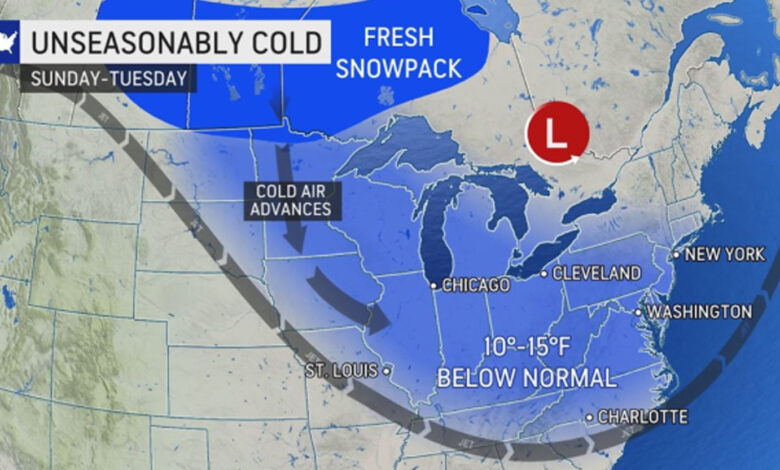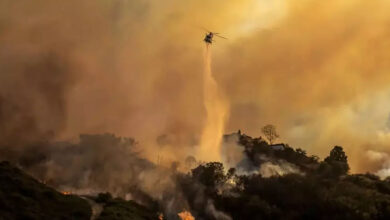
A significant Arctic cold snap is poised to sweep across much of the United States, bringing with it frigid temperatures, potential snowstorms, and the possibility of breaking long-standing temperature records. The National Weather Service has issued alerts for what could be one of the most intense cold outbreaks in years, with the cold expected to last well into mid-January.
Temperature Plunge: Temperatures are forecasted to drop dramatically below average, with the most severe cold affecting areas east of the Rocky Mountains, extending to the Gulf Coast and even parts of Florida. Meteorologists are warning of dangerous wind chills that could make conditions feel even colder, particularly in the Southeast. The National Weather Service in Wakefield, Virginia, has described this event as “likely to be the most significant cold we have seen in years,” with below-normal temperatures expected to persist.
Snow and Ice: Alongside the plummeting temperatures, there’s a high risk of winter storms. Snow is anticipated in the Great Lakes region, Southern Plains, and potentially reaching into the mid-Atlantic. Icing is also expected, with sleet and freezing rain forecast for regions like eastern Kansas, the Ozarks, Tennessee, and the low Ohio valleys. This could lead to hazardous travel conditions and disruptions in daily life.
Impact and Precautions: The cold wave could strain infrastructure, particularly in areas not accustomed to such harsh conditions. Authorities are urging residents to prepare for the cold, including ensuring homes are winterized, checking on vulnerable populations like the elderly and homeless, and limiting outdoor activities to prevent frostbite and hypothermia.
Emergency services and utility companies are on high alert for potential power outages or heating issues. The Climate Prediction Center has highlighted a high risk of much-below-normal temperatures across the Southeastern United States and parts of the Lower Mississippi and Tennessee valleys.
Weather Patterns: This Arctic outbreak is driven by a shift in weather patterns, with cold polar air moving southward, facilitated by changes in high and low-pressure systems across North America. This pattern change is not only affecting the U.S. but also parts of Canada, where similar cold and snowy conditions are expected.
Residents are advised to keep up with local weather forecasts, prepare emergency kits, and heed any warnings or advisories issued by local and federal weather services.




